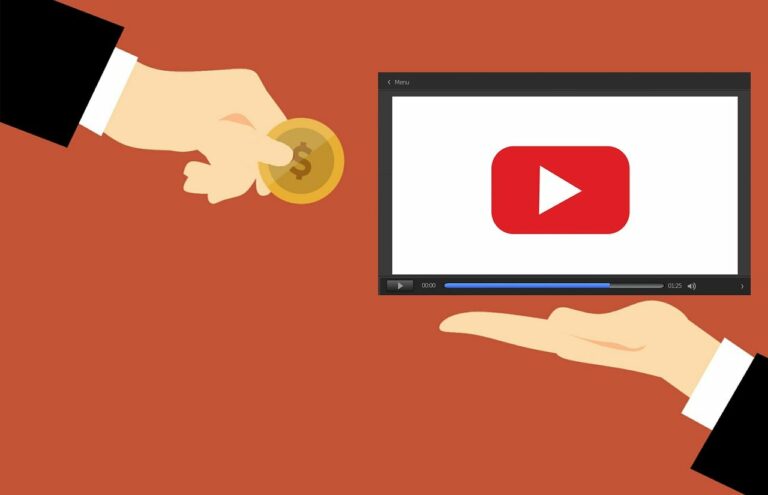Gaming in Education: Perspectives from Educators and Developers
One major obstacle in integrating gaming into educational settings is the perception that it is merely a form of entertainment rather than a legitimate learning tool. This misconception can lead to resistance from educators and administrators who view gaming as a distraction rather than a valuable educational resource. Overcoming this mindset requires a shift in perspective to recognize the potential benefits that gaming can offer in enhancing student engagement and motivation.
Additionally, another challenge is the lack of resources and training for educators to effectively incorporate gaming into their teaching practices. Many teachers may not have access to the necessary technology or knowledge to implement gaming in a meaningful way, which can hinder the successful integration of gaming in the classroom. Providing educators with the proper support and professional development opportunities is essential in overcoming this challenge and ensuring that gaming is utilized effectively for educational purposes.
Benefits of using gaming for learning purposes
Employing gaming for educational purposes can enhance student engagement and motivation. When students are immersed in a game-based learning environment, they are more likely to stay focused and actively participate in the learning process. The interactive and dynamic nature of games can make learning more enjoyable and help students develop critical thinking and problem-solving skills in a non-traditional setting.
Furthermore, gaming in education can provide personalized learning experiences for students. Through gaming platforms, educators can tailor the content and difficulty level of activities to meet the individual needs and preferences of each student. This customization not only keeps students challenged at their appropriate learning level but also fosters a sense of autonomy and ownership over their learning journey.
Successful examples of gaming in educational institutions
When it comes to successful integration of gaming in educational institutions, one standout example is the use of Minecraft in classrooms. Educators have found that this open-world game allows students to learn a variety of subjects in a fun and engaging way. Teachers can create customized worlds that align with their curriculum, enabling students to explore, collaborate, and problem-solve in a virtual environment.
Another successful example is the game “Kahoot!” which has been widely embraced by teachers to enhance student learning. “Kahoot!” is a game-based learning platform that allows educators to create quizzes, discussions, and surveys that students can participate in using their devices. This interactive and competitive format not only encourages active engagement but also helps in reinforcing key concepts in a more interactive and memorable way.
What are some challenges of integrating gaming in educational settings?
Some challenges of integrating gaming in educational settings include concerns about screen time, the need for teacher training on how to incorporate games effectively, and potential distractions in the classroom.
What are the benefits of using gaming for learning purposes?
The benefits of using gaming for learning purposes include increased student engagement, the ability to personalize learning experiences, improved critical thinking and problem-solving skills, and a fun and interactive way to learn.
Can you provide some successful examples of gaming in educational institutions?
Some successful examples of gaming in educational institutions include Minecraft being used to teach architecture and design, Kahoot for interactive quizzes and assessments, and educational game apps like Duolingo for language learning.







